Karesuandokniven Pältsa is the Result of Ambitious, Country-Spanning Project
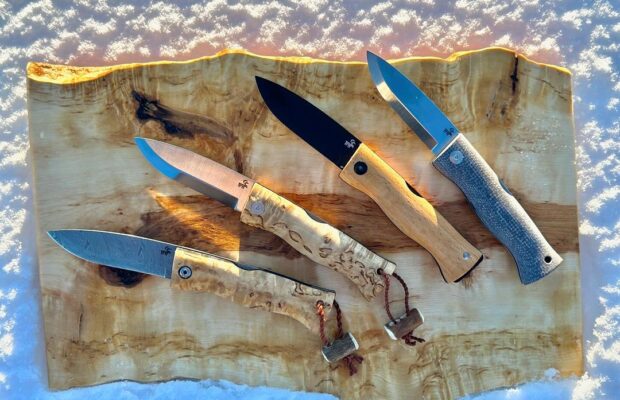
Thank you to Karesuandokniven for providing the knife sample in the first photograph below, and in the video on our Instagram feed!
Karesuandokniven is working to bring the Pältsa, second-ever folding knife design from the primarily fixed blade-driven company, to an international audience. The story behind the design and production of the Pältsa is as unique as the blade itself; this week, we spoke to Karseuandokniven’s own Simon Åberg about the ambitious project.
Located in Swedish Lapland, Karseuando makes knives informed by the needs of the people who live in that region, which is itself a demanding backdrop for knife use. The village, which is the northermost locality in Sweden, actually lies within the Arctic Circle, a region that experiences, not only cold weather, but extreme, dramatic amounts of both sun and dark, depending on the time of year. Åberg, production manager at Karesuandokniven, says that these conditions have, over centuries, forged a deep knife tradition that his team drew on for the Pältsa. “The blade and the handle shape is inspired by the traditional knife design from hundreds of years here in the arctic. We believed that working towards our own, relatively extreme needs would result in an unique knife with features that will be appreciated by real knife users around the world.”
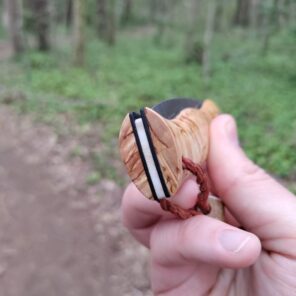
If you’ve seen a puukko before, and chances are good that you have, some of the basic lines informing the Pältsa will be familiar to you. The ample, hand-filling profile, contoured scales, and, of course, the drop point blade (complete with a real Scandi grind) evoke that historic pattern, among others. But nothing on the Pältsa is tradition for tradition’s sake. “The cone shape on the end of the handle make sure you have a good grip when cutting with a pulling motion,” Åberg notes. “In practice, many of the cuts you make are pulling cuts.” The curly birch scales are locally sourced and left unstablized to enhance their in-hand warmth in cold conditions (there are also beech wood and jute Micarta options); but as Åberg says, they wanted this one to be “Ultra light to be able to carry wherever you go, as on long hikes where every gram counts.” So underneath those rustic scales are liners made from carbon fiber, attached with hidden hardware. “The clean and minimalistic design with most hardware hidden is a heritage from all our knives and a typical Scandinavian touch.” Another such touch is the backspacer, which is made of reindeer antler.
Another material connection is the blade steel, RWL34, a powder metallurgy stainless from Swedish steel giant Damasteel. This is something that Karesuandoknivens naturally implemented on some of its fixed blades. “We have used the same materials that we use in our fixed blade knives…But there the similarities stop,” Åberg says. This was to be a lock back folding knife, after all. “To make a folder is very different from our fixed blades, and the tradition of making the mechanism is not very common in this region.”
So, Karesuando partnered with none other than Fox Knives of Maniago, Italy for help with the mechanics. The process was a complex one. “We stepped on a plane to Italy with an almost ready design of the handle and blade, but without its guts, so to say,” Åberg explains. “Then we started working together with the Fox design team to fit in our list of demands with a reliable mechanism. The process had to take time because we were creating something very special.” Too, once the international collaborators had the fundamentals dialed in, testing began, and, fittingly for a knife designed with Lapland life in mind, the tests were unusual and brutal. Says Åberg: “Many prototypes were made and tested in very harsh conditions. (One of the test consist of how fast you can get the knife out of a frozen block of ice and unfold it with your bare hands.)”
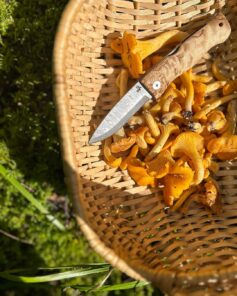
And, once all of that was done, there was the matter of actually making enough Pältsas to sell, which blended both full-scale production and custom processes, not to mention the facilities of both Karesuandokniven and Fox. Here’s how Åberg breaks down the process: “All the materials are carefully chosen and prepared in slabs for each knife individually here in Sweden, and sent to Fox for precision CNC machining. The knives are then sent back to Sweden for finishing, surface treatment, assembly, QC and packaging.”
The result is a singular knife with both a global, and a local heritage. Åberg says that the Pältsa impressed those local customers and, with that important criterion met, they hope to get their latest project out to a wider audience this year. “We happily experienced a warm welcome for Pältsa from the knife community in Sweden, and hope that it will spread around the world. I really believe that this collaboration is a great concept. We hope to work more with Fox in the future.” Speaking of the future, we also asked if there were any more folding knife projects in the works. “We will probably try other material combinations on Pältsa, and for sure other patterns for the Damasteel edition. We’ve already spoke about building a bigger sibling to Pältsa, but at the moment I can’t tell when that will happen.”
Knife in Featured Image: Karesuandokniven Pältsa
The information provided by KnifeNews.com (the “Site”) is for general recreational purposes only. The views and opinions expressed on the Site are those of the author or those quoted and do not necessarily reflect the views of any entities they represent. All information on the Site is provided in good faith, however, we make no representation or warranty of any kind, express or implied, regarding the accuracy, adequacy, validity, reliability, availability, or completeness of the information on the Site. Under no circumstance shall we have any liability to you for any loss or damage as the result of the use of the Site or reliance on any information provided. Your use of the Site and your reliance on any information on the Site is solely at your own risk.


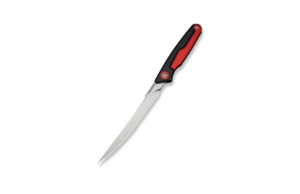
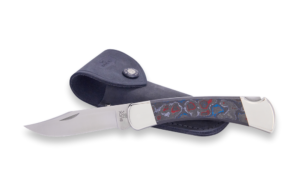
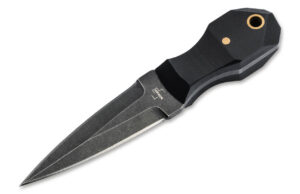
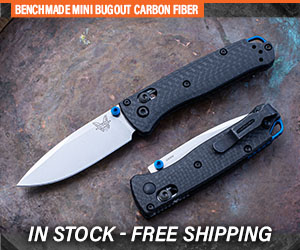
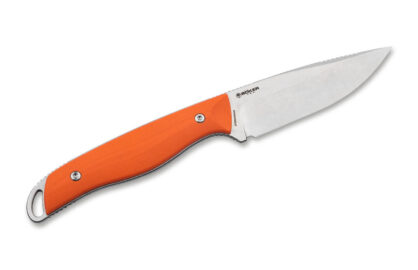




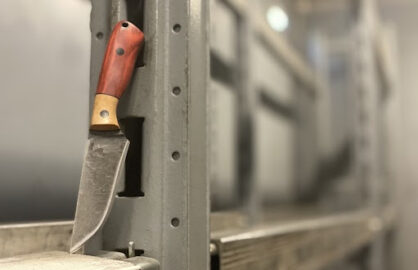
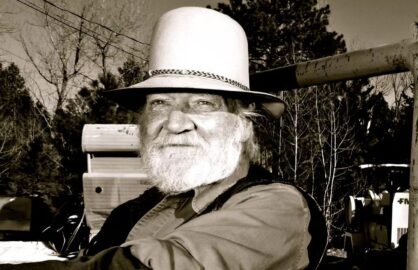
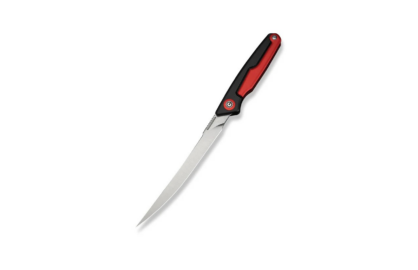
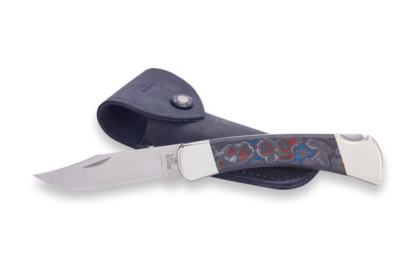
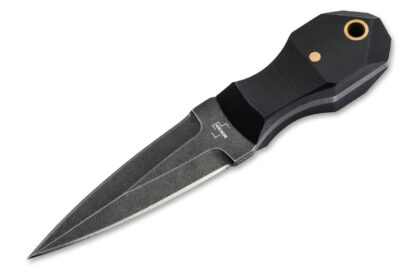
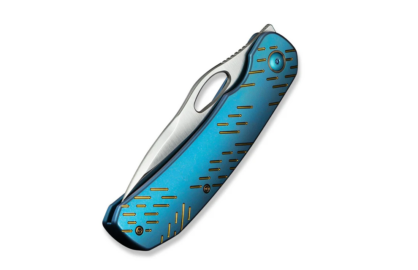



0 comments